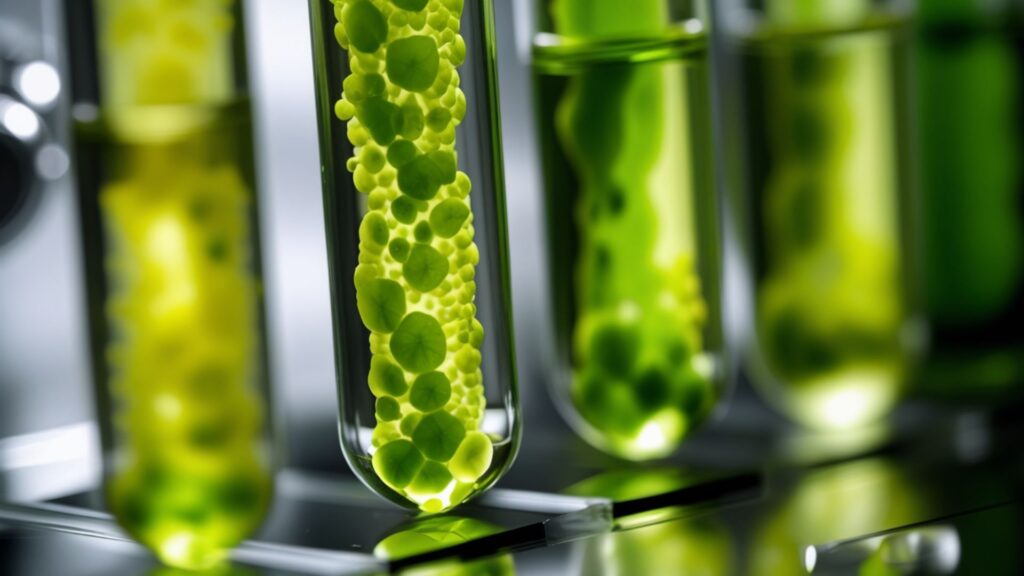
GreenHub
The Manufacturer’s Roadmap to Plastic-Free Materials
This isn't a simple switch—it's an innovation journey.
The demand for “plastic-free” products is no longer a niche trend; it’s a global movement. Driven by consumers and regulations like the EU’s Single-Use Plastics Directive (SUPD), manufacturers are under immense pressure to find viable alternatives.
But for a high-performance, durable product, “plastic-free” is not as simple as switching to paper or glass. What does it really mean for industrial-scale injection molding and extrusion? How do you navigate the trade-offs between sustainability, performance, and processability?
This isn’t a simple switch—it’s an innovation journey. This is the manufacturer’s realistic roadmap for navigating that journey, from drastic plastic reduction today to a truly plastic-free future.
Step 1: Define the Destination — What Does “100% Plastic-Free” Mean for Manufacturing?
Before starting the journey, we must define the destination. In the context of high-performance manufacturing, a truly “plastic-free material” must meet three demanding criteria:
Composition: It must be formulated without any traditional fossil-fuel-based or synthetic polymers. Its structure must come entirely from plant-based sources.
Performance: It must withstand the rigors of its application—offering durability, moisture resistance, and the specific mechanical properties required.
Processability: This is the critical test. It must be compatible with standard, high-throughput manufacturing equipment like injection molding and extrusion machines, without requiring a complete factory overhaul.
Achieving all three is a significant material science challenge. This is why a phased, pragmatic approach is the most effective strategy for any manufacturer.
Step 2: The First, Most Powerful Step — Drastic Plastic Reduction (Available Today)
The most impactful and commercially-ready step you can take on the plastic-free journey is to drastically reduce your reliance on traditional plastics with high-biomass biocomposites.
This approach leverages the power of the upcycled biomass that forms the core of our technology. Instead of starting from scratch, you replace the vast majority of your fossil-fuel content with a carbon-negative, plant-based alternative.
How it Works: Biomera’s High-Biomass Formulations
Our current biocomposite platform is designed to maximize biomass content while still delivering exceptional performance. We engineer these compounds to be true “drop-in” solutions, allowing you to:
Immediately slash your product’s embodied carbon footprint.
Move almost entirely away from fossil-fuel feedstocks.
Maintain the high performance and processability your production line demands.
This is not a future promise; it is a proven, scalable, and powerful solution that allows you to take a giant leap forward, today.
Step 3: The Horizon — Engineering the 100% Plastic-Free Future (In Development)
At Biomera, our mission is to close the final gap. Our R&D is intensely focused on creating the next generation of materials that meet the ultimate goal of being 100% plastic-free without compromising performance. This is where we are heading.
V3 – The Plastic-Free Platform
Our most ambitious innovation, V3, is a 100% plant-based, plastic-free, and home-compostable material platform.
The Science: Formulated without any fossil or synthetic polymers, V3 is engineered to be a true expression of the biological cycle in a circular economy.
The Performance: We are targeting OK Compost HOME certification, moisture resistance, and food-contact safety, creating a material that can meet Europe’s toughest regulations.
The Impact: V3 offers the potential for a deeply carbon-negative lifecycle, turning products into a net benefit for the planet.
(Timeline: Samples target Early 2026)

Beyond Plastic-Free: Active Carbon Capture Materials
Our innovation doesn’t stop at eliminating plastic. We are developing materials designed to actively capture atmospheric CO₂ using unique surface properties. This groundbreaking research targets functional materials that can be used for CO₂ removal, turning captured carbon into a resource before the material returns safely to the biosphere via composting.
This is the future we are building, and we are looking for innovative partners to build it with us. If your brand is looking to be a true first-mover in the next generation of sustainable materials, let’s connect.
Your Roadmap to a Restorative Future
The journey to plastic-free is a strategic roadmap, not an overnight switch. It begins with the powerful, proven solutions available today—our high-biomass biocomposites—and progresses toward the revolutionary innovations of tomorrow.
By taking a pragmatic, phased approach, you can make a significant impact now while preparing for the next wave of material science.
To understand how to best integrate these advanced solutions into your current production, the next logical step is to consult the complete guide.
Key Questions on the Plastic-Free Journey
What is the real timeline for a 100% plastic-free, injectable material like V3?
Developing a new material platform for industrial use is a meticulous process. Our current roadmap targets early samples of our V3 platform for select development partners in Early 2026. This timeline allows us to ensure the material not only meets its sustainability goals (like OK Compost HOME certification) but also the rigorous performance and processing standards required for manufacturing at scale.
How is a high-biomass biocomposite different from a standard bioplastic like PLA?
The key difference is in composition and performance. While PLA is a bio-based polymer (a bioplastic), it is still a single polymer. Our high-biomass biocomposites are advanced formulations that combine a binder (which can be a biopolymer) with a very high percentage of functional, upcycled biomass like algae or bagasse. This dramatically reduces the polymer content and engineers specific performance properties (like hardness or strength) that a pure bioplastic cannot achieve on its own.
Are “plastic-free” and “carbon-negative” the same thing?
Not necessarily, and this is a crucial distinction. Plastic-Free refers to the composition of a material, while Carbon-Negative refers to its total lifecycle impact on the atmosphere. A material can be one without being the other. At Biomera, our core mission is to achieve both, engineering our formulations to deliver a verifiably carbon-negative footprint alongside their plastic-free credentials.
How do we start a development project for a plastic-free material?
It begins with a collaborative consultation. The first step is to speak with our material scientists to define the exact performance requirements, regulatory needs, and production goals for your specific application. From there, we can determine if a solution exists within our current 6,500+ formulations or if a custom development partnership for a next-generation material is the most strategic path.

